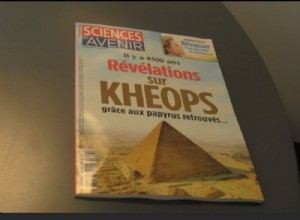A team of archaeologists and climatologists shows that the study of an ice core can deliver extremely precise historical evidence. They apply it to the period 540-660, particularly troubled for the history of the West. Philistines stricken with pestilence , by Nicolas Poussin, depicts the plague o




